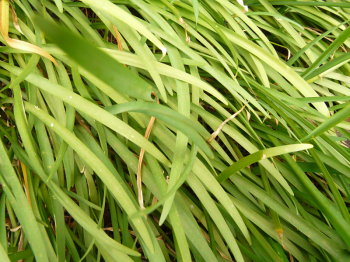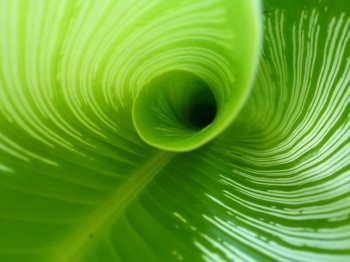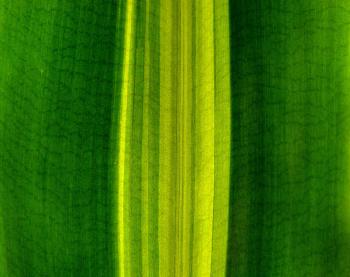Elements of Art found in Nature
This lesson we will discover the shapes and forms found in our environment. We will work with pencil, charcoal and chalk. The following artistic elements can be found in nature: Texture, Form, Space, Line, Shape, Color and Value. Below are a few examples of these elements in nature:




Looking at the examples above, you can find more than one artistic element in each. The third photo of the berries is not only space, but also color and texture. Becoming an advanced illustrator you should be able to recognize these elements while you are observing nature. During your everyday adventures you will eventually begin to notice interesting textures, shapes and forms everywhere you go!
In this lesson we will start by studying the geometric forms that can be discovered in nature. We will then focus on overlay and shadowing techniques, then work on a final piece with charcoal and chalk.
Charcoal is used in various forms of art, making rough sketches in painting and can also create beautiful and detailed illustrations, if done correctly. The idea of charcoal creating a botanical illustration does not always come to mind to some, but we will explore the possibilities of this medium! We generally utilize charcoal in three forms:
Vine charcoal is created by burning sticks of wood (usually willow or linden/Tilia) into soft, medium, and hard consistencies.
Compressed charcoal powder mixed with gum binder compressed into round or square sticks. The amount of binder determines the hardness of the stick. Compressed charcoal is used in charcoal pencils.
Powdered charcoal is often used to tone or cover large sections of a drawing surface area. Drawing over the toned areas will darken it further, but you can also lighten within the toned area to create lighter tones. We will also work with chalk for highlighting techniques.